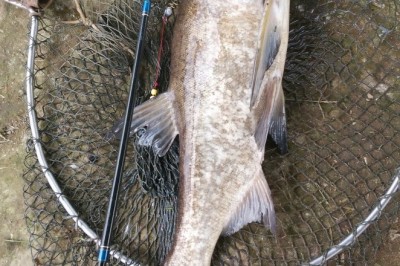Time and Motion Study: Work by Design
As an entrepreneur responsible for setting your own standards, have you ever wondered if you could speed things up a little bit, or maybe incur lower expenses every month? Reducing staff strength was and continues to be seen as a solution to substandard performance and wage appreciation. But Frank Gilbreth, a visionary in the field of Time and Motion study, thought otherwise. Breaking each physical activity into little components, which he called "therbligs", he offered an alternate solution to low productivity - improve the efficiency of each worker in a group to collectively save time and money, rather than reduce headcount.
Gilbreth observed 18 elements of the movements performed by bricklayers and the time spent performing each, down to the millisecond, and identified those that could be circumvented to improve efficiency. You can take a leaf out of his book. To execute a Time and Motion study at your workplace, follow a few simple steps.
Gather the details: Observe processes performed at your workplace by your staff and record the time spent in each. Do not go into lengthy details; simply stick to the significant ones. Do this for at least a week so you have a clear idea of what consumes how much time. Try not to judge any action during the course of your investigation; concentrate only on who, what, when and how.
Get employees involved: You dont want your people to get the wrong idea. It will only breed tension and nervousness. Inform them about why you are performing the experiment and assure them that there will be no job losses. This is the best way to ensure an honest response from them. Do not point out possible improvements immediately as you may alienate your people.
Prepare process charts: A picture is worth a thousand words. Transfer your observations into a flowchart. Starting with what, jot down when, where, by whom and how much time till the end of the process.
Analyze: Take a good look at your diagram and analyze it. Look for steps that can be eliminated, combine steps wherever necessary, change functions and improve individual activities. This is where you decide what changes and what stays. So, scrutinize well before you communicate the final changes to your staff. Take their suggestions into consideration as well, especially if they are experienced.
As you would already have figured, a Time and Motion study will help you simplify your process and thus help you economize on the time and money spent. The implementation, however, could vary from one organization to another, depending upon the process under scrutiny. "Motion and Time Study: Design and Measurement of Work" by Ralph M. Barnes available at has plenty more to offer on Time and Motion study. Also available at is "Motion and Time Study: Improving Work Methods and Management" by Fred E. Meyers.
Frank Gilbreths life inspired the book and movie, "Cheaper by the Dozen" , which give a valuable insight into the life of the Gilbreths and their 12 children. Mr Gilbreth insisted on doing things efficiently and often used his army of children to test new ideas. Watch the DVD of "Historic Time & Motion Films ~ Frank Gilbreth Study" available at to learn more about his work.
Many large firms of corporate America, like Procter and Gamble vouch for the effectiveness of Time and Motion study in rationalizing cost. Keen on making it work for you? Let the Gilbreths show you how!
Hi, Im Akhil Shahani, a serial entrepreneur who wants to help you succeed. If you like to work smart, check out http://www.SmartEntrepreneur.net . Its full of articles and resources to help you start and grow your business successfully. Please visit us & download our special "Freebie of The Month" at
http://www.smartentrepreneur.net/freebie-of-the-month.html

























